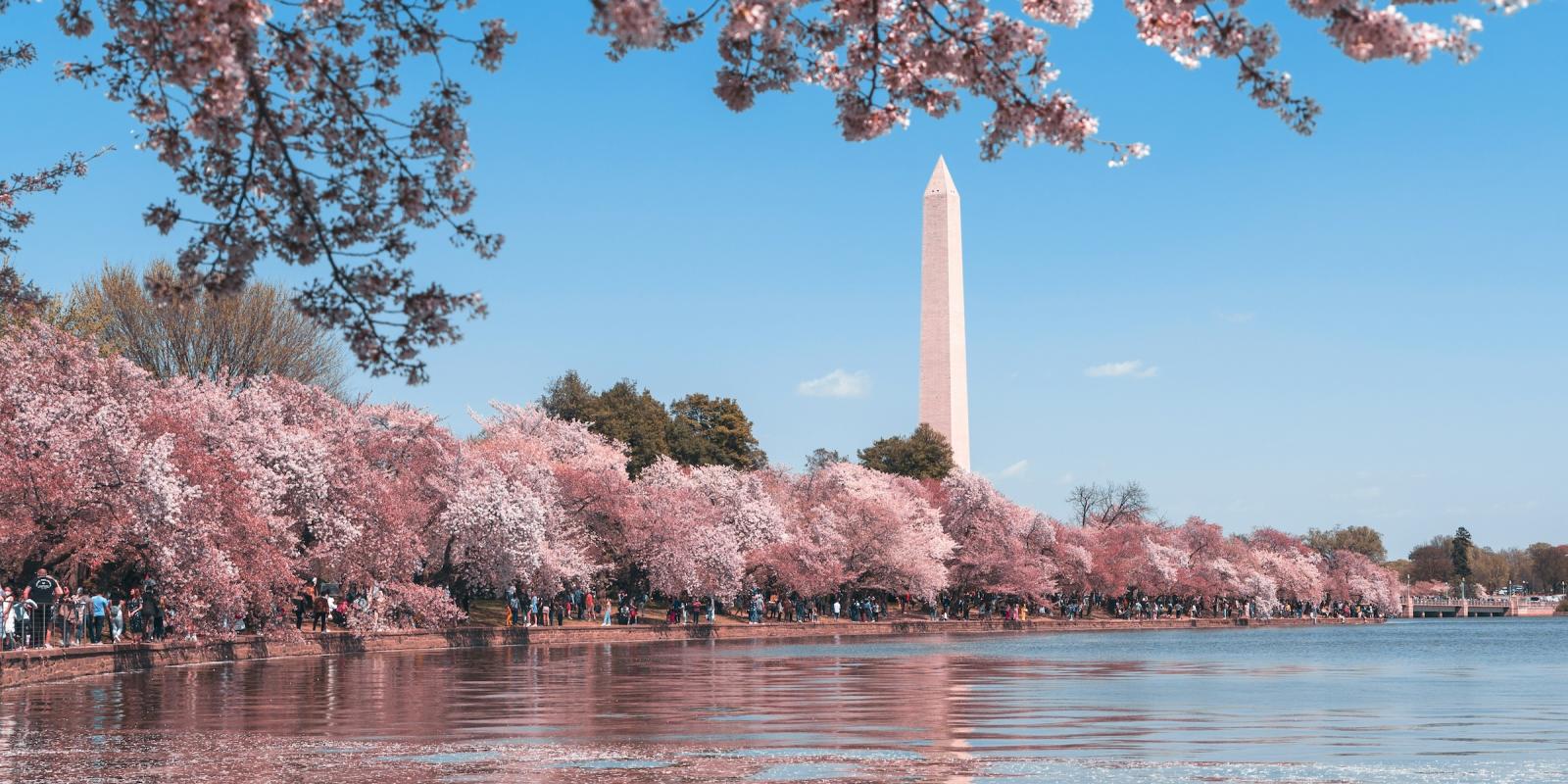On a cold night in February 1967, a plane landed quietly at National Airport. No one could know where it came from and what it carried. in fact, the only indication of the plane's arrival came through a coded message, sent by the FBI agents on board: "the Bird" had landed. Despite all this, though, the only thing that came off the plane was a perfectly ordinary, plain grey American Tourister suitcase. No one suspected anything.
However, rumors circulated. Two weeks later, the New York Times broke the news that Washington's National Gallery of Art had landed the art deal of the century: the purchase of a painting by one of the most famous artists in the world, Leonardo da Vinci.
